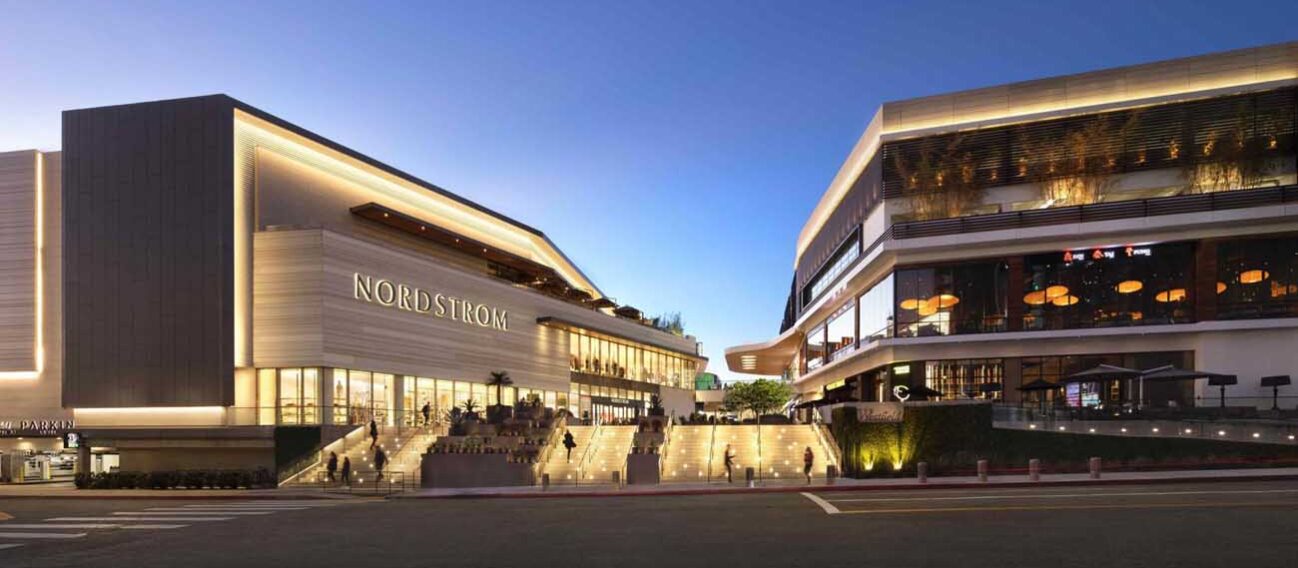Blend Ambient, Accent, and Task Lighting in Retail Stores for the Optimal Customer Experience
The average person enters a retail space on average three times a week. Shopping is a way of life. We are consumers of goods and services to meet the necessities of life, improve our personal needs, and enhance our lifestyles. Despite the growth of online shopping over the last two decades, most purchases still occur in traditional brick-and-mortar buildings, where consumers visually see and touch the products they are interested in purchasing.
Brand marketing affects consumer perceptions and trust in the value and quality of products they seek. Today’s retail stores must be exciting; lighting effects generate that excitement. Quality lighting design and fixtures are vital to direct the consumer’s visual attention and assessment of the products. It is essential that the lighting practitioner explains to the owners of the retail spaces that it is more cost-effective to install quality lighting during construction than at a later time. This increased quality investment in lighting will show value to the merchandise for sale visually and subliminally.
Energy efficient lighting and smart controls for retail applications
Lighting in retail spaces makes up 42% of the electricity usage in the space. The Illuminating Engineer Society (IESNA) states that this operating cost, along with energy-saving recommendations when designing the illumination of the space. Examples include introducing daylighting to the space and integrating a lighting control system where light levels on merchandise displays can be varied during the store’s operating hours. Dimming light levels and certain times of day can enhance the shopper experience in the store while also saving energy.
Exterior lighting fundamentals for enforcing the brand and drawing attention to the storefront
Outdoor malls and shopping centers designed with remote parking focused on pedestrian and social events, an awareness of display windows, store facades, artistic elements, and outdoor cafes are significant, and exterior lighting will play an essential role in the evening hours. Professionally designed lighting improves storefronts, signage, and window displays. These exterior light fixtures are often concealed, including flooding the façade or grazing it with light to reveal the structural features. Exterior lighting may also come in small linear fixtures designed to be concealed and enhance the boundaries of signs or other design elements. Outdoor lighting may also be submersed in water features at a retail location to be color-changing to add extra character or brand reinforcement to the storefront.
Inside the store, lighting is a silent but effective member of the sales team
Let us move into the internal retail space; there must be a smooth lighting transition from outdoor to indoor lighting. Entrances need to be welcoming and blend into the indoor illumination of both color rendering and Kelvin temperatures and not of the exterior lighting. As the consumer moves inside the store, accent lighting will be essential. This type of illumination will direct the visual acuity of the consumer and assist with wayfinding. Here, various levels of illumination can direct the consumer’s attention.
Studies have shown that 80% of our impression of the retail space will be from our vision, and quality lighting can improve sales by as much as 40%. One of the objectives of the lighting practitioner is to focus light on items or sections of the store. The goal is to set the mood to encourage customers to investigate and evaluate. It is important to keep light levels between general lighting and accenting balanced so as not to confuse the visual cues of the consumer. Use accent lighting to focus on specific products and general lighting to set the comfort level.
Color temperature (CCT) and rendering (CRI) matter!
The illumination CCT (correlated color temperatures) should remain between 2700K and 4000K, and CRI (color rendering index) should be at 90 or 95. The higher CRI enables all colors to pop and accurately represent the merchandise. This is critically important in clothing, housewares, and jewelry stores. Questions for consideration should include: What is the size of the retail space? What products displayed need illumination? Too many luminaires can cause visual confusion.
The lighting designer will first set the ambient light level for the space, then add accent lighting to highlight items without overpowering the texture color or creating glare and hot spots. The design may also conceal the light sources from the customer’s view and direct the light toward the products and away from the customer. As with exterior applications, accent lighting is a design element that provides visual cues to the consumer while generating attention on a display case or section of the store. In these accent applications, light fixtures designed to fit into tight spaces and be controlled for dimming, temperature or color can allow the designer to be creative and meet the customer’s demands.
LED Luminaires have become the most recommended source for lighting in retail spaces. LEDs are energy-efficient, have an extended life (50,000 hours), are flexible in size, are color-tuned, and are dimmable. These LED characteristics allow the lighting practitioner to change the space’s atmosphere, and in turn, customers spend more time shopping. The most common CCT in a retail space is 3000K-35000K. Moving higher to a CCT of 4000K-5000K can enhance color colors; greens, blues, and violet add an atmosphere of higher energy. Jewelry stores will use 5000K CCT, a blue-white light, to make diamonds pop. Diffused lighting in dressing rooms with a CRI 95 and a high R9 will improve skin tones and, in turn, make both the clothing and the consumer look their best. Quality task lighting at points of checkout and specific areas as required.
The goal of the lighting practitioner is to set the levels of illumination on the three layers of lighting: ambient, accent, and task. Retail lighting is about creating a welcoming shopping atmosphere that will increase sales. Lighting can direct consumers through the store, directing their focus on products for sale and influencing their decisions. Lighting is a silent salesperson.







